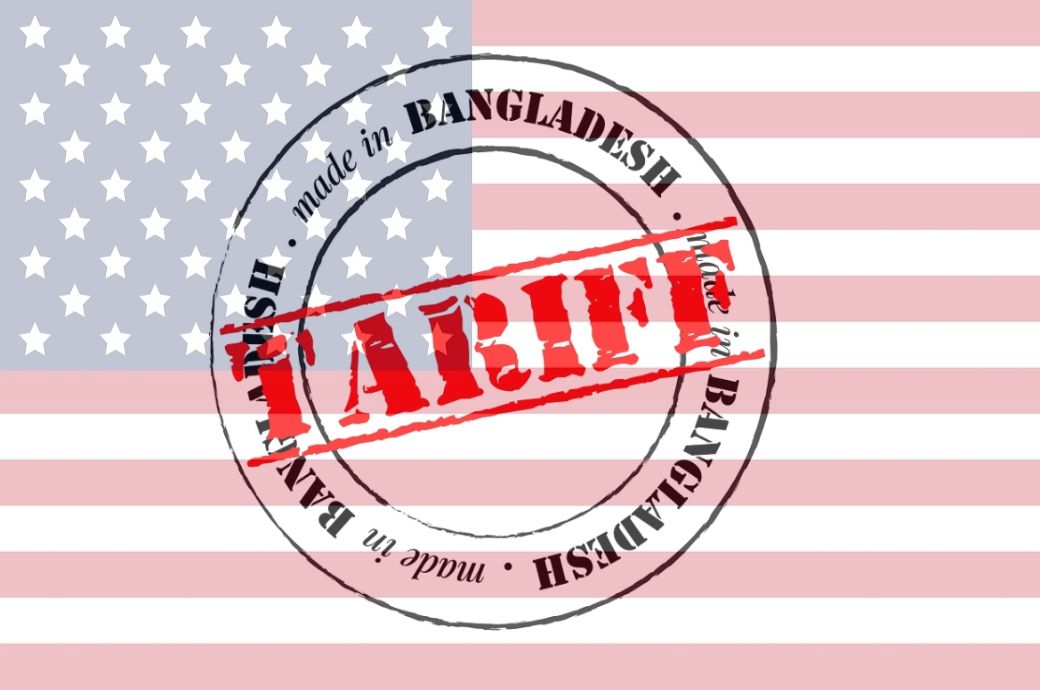There are 7,000 different islands in the Caribbean Sea; only about 100 are occupied. Thirteen are countries, while the others are territories or dependencies of other nations.
Caribbean countries:
Territories/dependencies:
Anguilla (British overseas territory)
Aruba (Constituent kingdom, Netherlands)
Bonaire (Special municipality, Netherlands)
British Virgin Islands (British overseas territory)
Cayman Islands (British overseas territory)
Curaçao (Constituent kingdom, Netherlands)
Federal Dependencies of Venezuela (Territories, Venezuela)
Guadeloupe (Overseas department, France)
Martinique (Overseas department, France)
Montserrat (British overseas territory)
Navassa Island (Uninhabited territory, United States)
Nueva Esparta (State, Venezuela)
Puerto Rico (Territory, United States)
Saba (Special municipality, Netherlands)
San Andrés and Providencia (Department, Colombia)
Saint Barthélemy (Overseas collectivity, France)
Saint Martin (Overseas collectivity, France)
Sint Eustatius (Special municipality, Netherlands)
Sint Maarten (Constituent kingdom, Netherlands)
Turks and Caicos Islands (British overseas territory)
United States Virgin Islands (Territory, United States)
When I speak of the region, I do not mean only the island nations, since many of the countries on the mainland of Central and South America are counted as being part of the Caribbean basin—and others, like Mexico, have coastal Afro-Caribbean cultural groups. Other countries are home to cultural groups like the Garifuna, who can be found in Honduras, Guatemala, and Belize.
Caribbean Basin – mainland
Nicaragua (Atlantic Coast, Bluefields)
Given the history of multiple European colonizations of the area, as well as the massive settlement of Africans during the transatlantic slave trade, the Caribbean is extremely diverse—“racially,” ethnically, culturally, and linguistically.
The Slavery and Remembrance website offers this historical overview:
Beginning in the late fifteenth and early sixteenth centuries, Europeans began to exploit the region for mineral and agricultural production, launching unprecedented demographic changes as indigenous people were systematically replaced with people of African origins. Defining the Caribbean is difficult, as each island, place, and people has followed a unique trajectory to the present. In general, however, it is possible to identify a few patterns in land, labor, and history.
One pattern is a process of demographic collapse as a consequence of European and African (Old World) diseases being brought to the New World. Estimates vary wildly, but most scholars agree that native Caribbean populations exceeded several million before contact, and declined rapidly—perhaps as much as 90 percent in some places—within the first century after European arrival. Warfare accounted for some of this decline, but the primary cause was the unintentional introduction of pathogens like influenza and smallpox (to name only two). Facing an insufficient indigenous labor supply, Europeans began to import African laborers through the transatlantic slave trade.
A significant African-descended population is another feature of the Caribbean. Over the long course of the slave trade, slave merchants delivered more than four million Africans to the Caribbean. These populations led to the growth of multiracial societies in the region, many of which have hybrid African-European-indigenous cultural traits.
As a result of colonization from multiple European nations, and the slave trade—which introduced enslaved Africans originating mostly from Central and West Africa—the Caribbean has wide linguistic diversity. Officially, there are six languages spoken in the Caribbean: English, Spanish, French, Dutch, Haitian Creole, and Papiamento, which is a Portuguese and Spanish-based Creole that is the official language of Aruba, Curacao, and Bonaire.
Let’s take a fun break and listen to words used in a variety of Caribbean English-speaking countries in this video from the YouTube channel Extra Caribbean, presented by bloggers Britney-Lee and Gaurica Makhijani.
Now it’s time for a fun pop quiz from the same pair.
How did you do? (I only got two correct. Editor’s boast note: I got nine right.)
On a more serious political note, just as we are regularly exposed to happenings in the European Union (EU) by our mainstream news coverage, and to a lesser extent, to the goings-on of the Organization of American States (OAS), we should also familiarize ourselves with the Caribbean Community and Common Market (CARICOM).
Here’s a brief history of CARICOM:
The establishment of the Caribbean Community and Common Market (CARICOM) was the result of a 15-year effort to fulfill the hope of regional integration which was born with the establishment of the British West Indies Federation in 1958. The West Indies Federation came to an end in 1962 but its end, may be regarded as the real beginning of what is now the Caribbean Community.
With the end of the Federation, political leaders in the Caribbean made more serious efforts to strengthen the ties between the islands and mainland by providing for the continuance and strengthening of the areas of cooperation that existed during the Federation. Further, Jamaica and Trinidad and Tobago both attained independence in August [of] that year and with it the power to control their own domestic and external affairs.
In announcing its intention to withdraw from the Federation, the Government of Trinidad and Tobago proposed the creation of a Caribbean Community, consisting not only of the 10 members of the Federation, but also of the three Guianas and all the islands of the Caribbean Sea – both independent and non-independent.
To discuss this concept, the Prime Minister of Trinidad and Tobago convened the first Heads of Government Conference in July 1963, and attended by the leaders of Barbados, British Guiana, Jamaica and Trinidad and Tobago. At this Conference, the participating leaders of the four(4) Caribbean Countries all spoke clearly of the need for close cooperation with Europe, Africa and Latin America.
Who are the CARICOM member nations?
The Caribbean Community (CARICOM) is a grouping of twenty countries: fifteen Member States and five Associate Members. It is home to approximately sixteen million citizens, 60% of whom are under the age of 30, and from the main ethnic groups of Indigenous Peoples, Africans, Indians, Europeans, Chinese, Portuguese and Javanese. The Community is multi-lingual; with English as the major language complemented by French and Dutch and variations of these, as well as African and Asian expressions.
Stretching from The Bahamas in the north to Suriname and Guyana in South America, CARICOM comprises states that are considered developing countries, and except for Belize, in Central America and Guyana and Suriname in South America, all Members and Associate Members are island states.
Bermuda, which is not actually in the Caribbean, became an associate member of CARICOM in 2003.
You can (and should!) follow CARICOM on Twitter.
In future installments of Caribbean Matters, I’ll be looking at CARICOM activities, as well as following up on the dire situation in Haiti, which is both undergoing a regime change and attempting to recover from the recent earthquake and Tropical Storm Grace. I’ll be suggesting books from a broad spectrum of Caribbean authors of both fiction and nonfiction, as well as exploring Caribbean contributions to global culture.
I look forward to hearing your suggestions and interests in the comments, and hope that this series will inspire some readers to write your own stories about the Caribbean.

:max_bytes(150000):strip_icc()/Health-GettyImages-1015247628-33c0cf540b254573867c26b1f88e702f.jpg)

